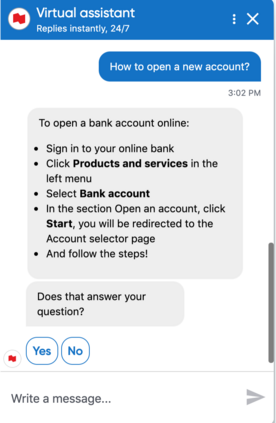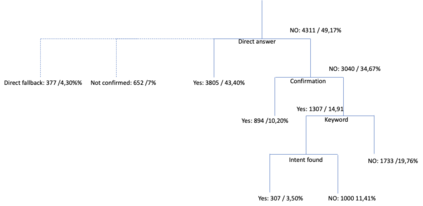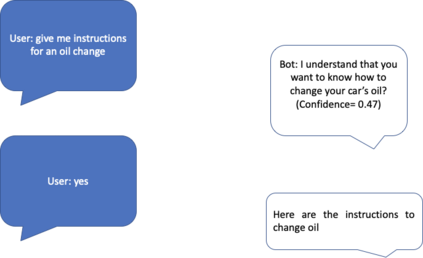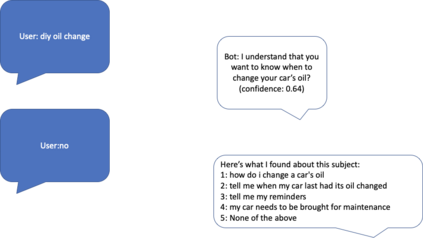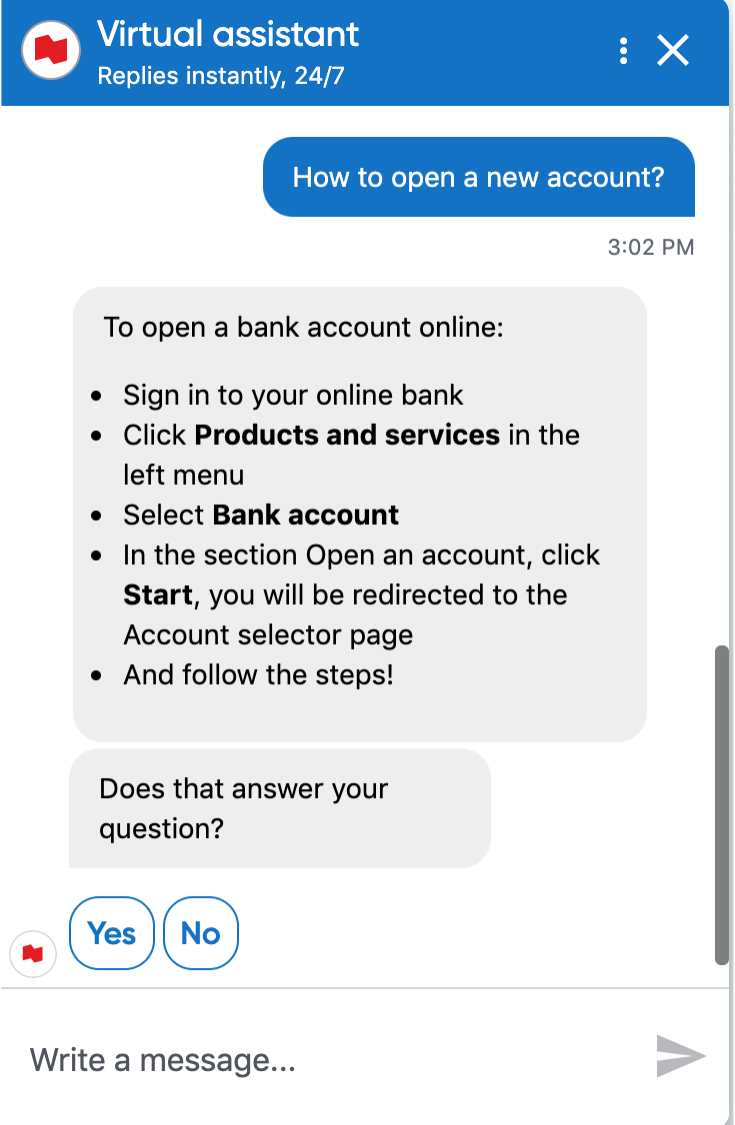Clarification resolution plays an important role in various information retrieval tasks such as interactive question answering and conversational search. In such context, the user often formulates their information needs as short and ambiguous queries, some popular search interfaces then prompt the user to confirm her intent (e.g. "Did you mean ... ?") or to rephrase if needed. When it comes to dialogue systems, having fluid user-bot exchanges is key to good user experience. In the absence of such clarification mechanism, one of the following responses is given to the user: 1) A direct answer, which can potentially be non-relevant if the intent was not clear, 2) a generic fallback message informing the user that the retrieval tool is incapable of handling the query. Both scenarios might raise frustration and degrade the user experience. To this end, we propose a multi-stage clarification mechanism for prompting clarification and query selection in the context of a question answering dialogue system. We show that our proposed mechanism improves the overall user experience and outperforms competitive baselines with two datasets, namely the public in-scope out-of-scope dataset and a commercial dataset based on real user logs.
翻译:在诸如交互式问答和谈话搜索等各种信息检索任务中,澄清的解决方式起着重要作用。在这种情况下,用户往往将其信息需求表述为简短和模糊的询问,一些流行的搜索界面然后促使用户确认其意图(例如“你是指...吗?” )或必要时重新表达。在对话系统方面,使用流体用户-机器人交流是良好的用户经验的关键。在缺乏这种澄清机制的情况下,向用户提供以下一种答复:1)直接回答,如果意图不明确,这种回答可能无关紧要;2)一般的回溯信息,告知用户检索工具无法处理查询;两种情况都可能会增加挫折感,并降低用户的经验。为此,我们提议一个多阶段的澄清机制,以便在回答问题的对话系统范围内迅速进行澄清和查询选择。我们表明,我们提议的机制改进了用户的总体经验,并用两个数据集,即公众的外波段数据集和一个基于实际用户日志的商业数据集,超越竞争性基线。

